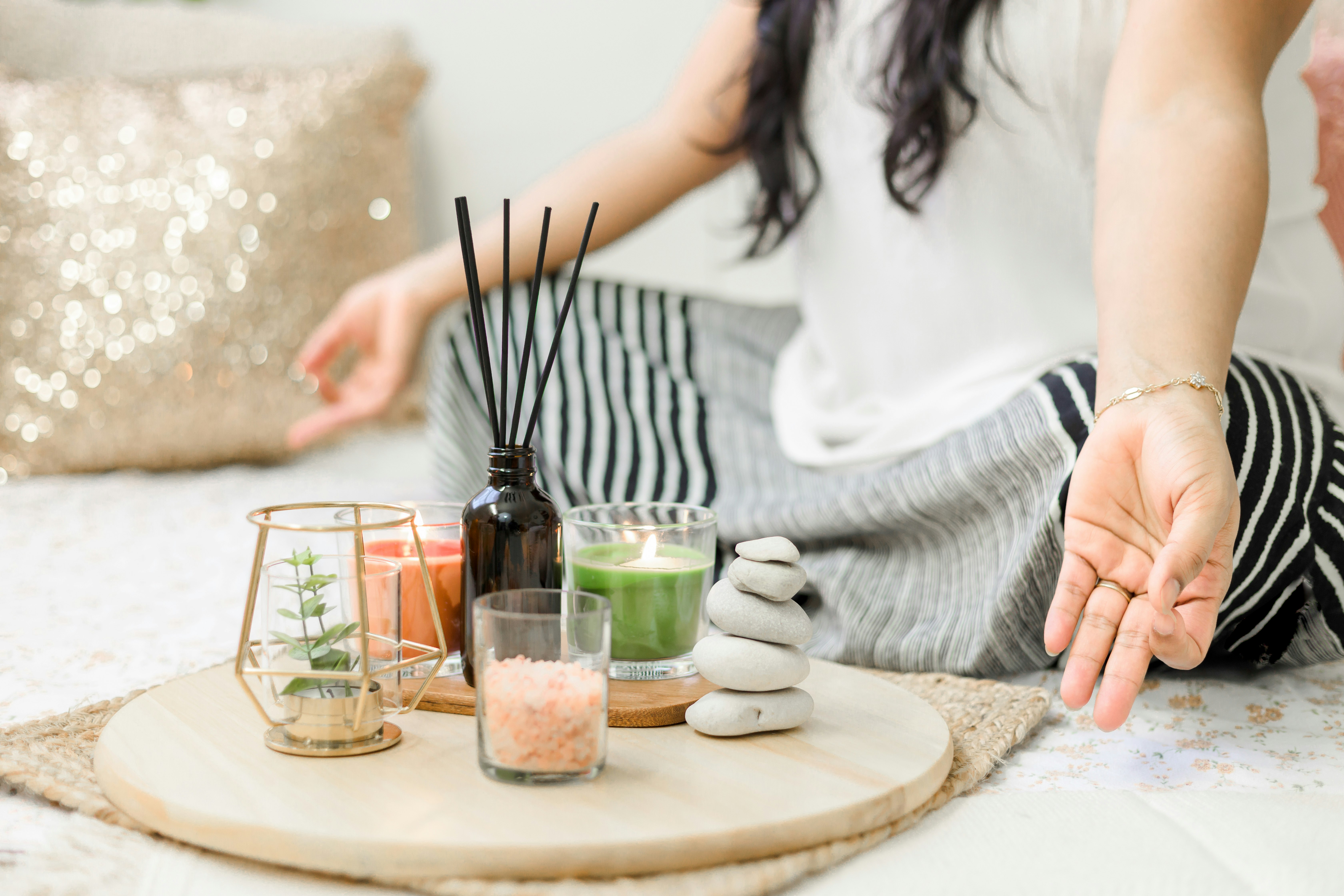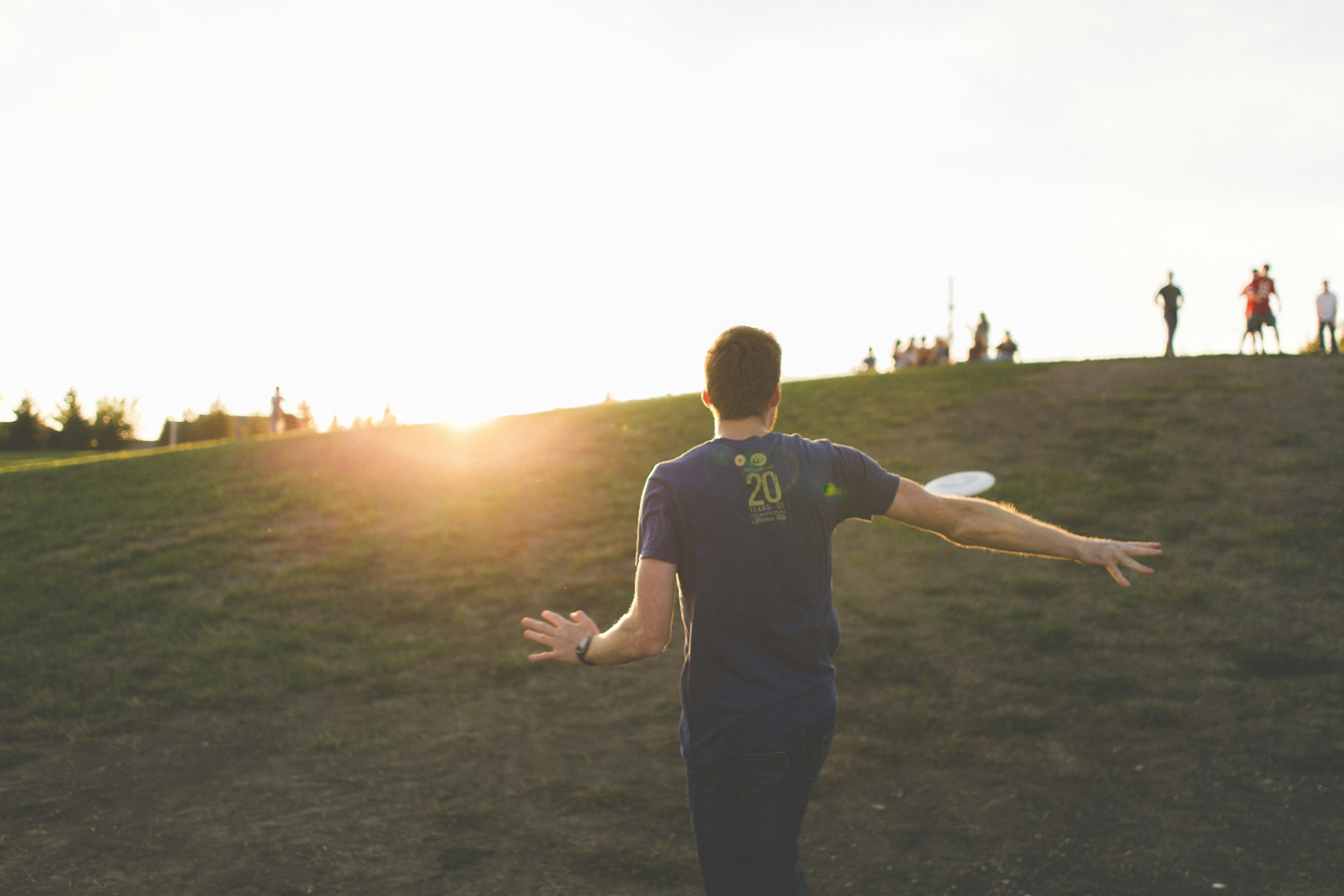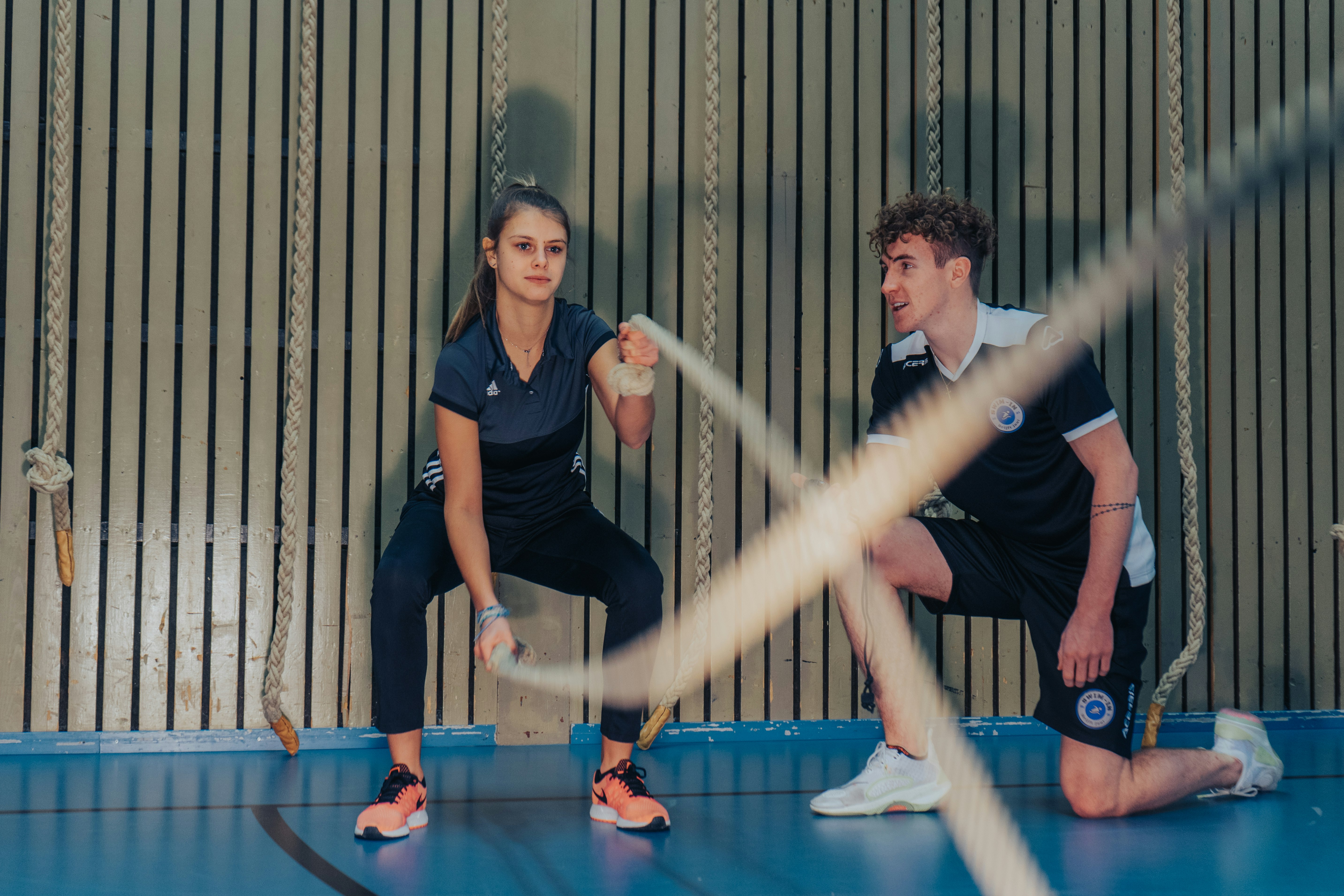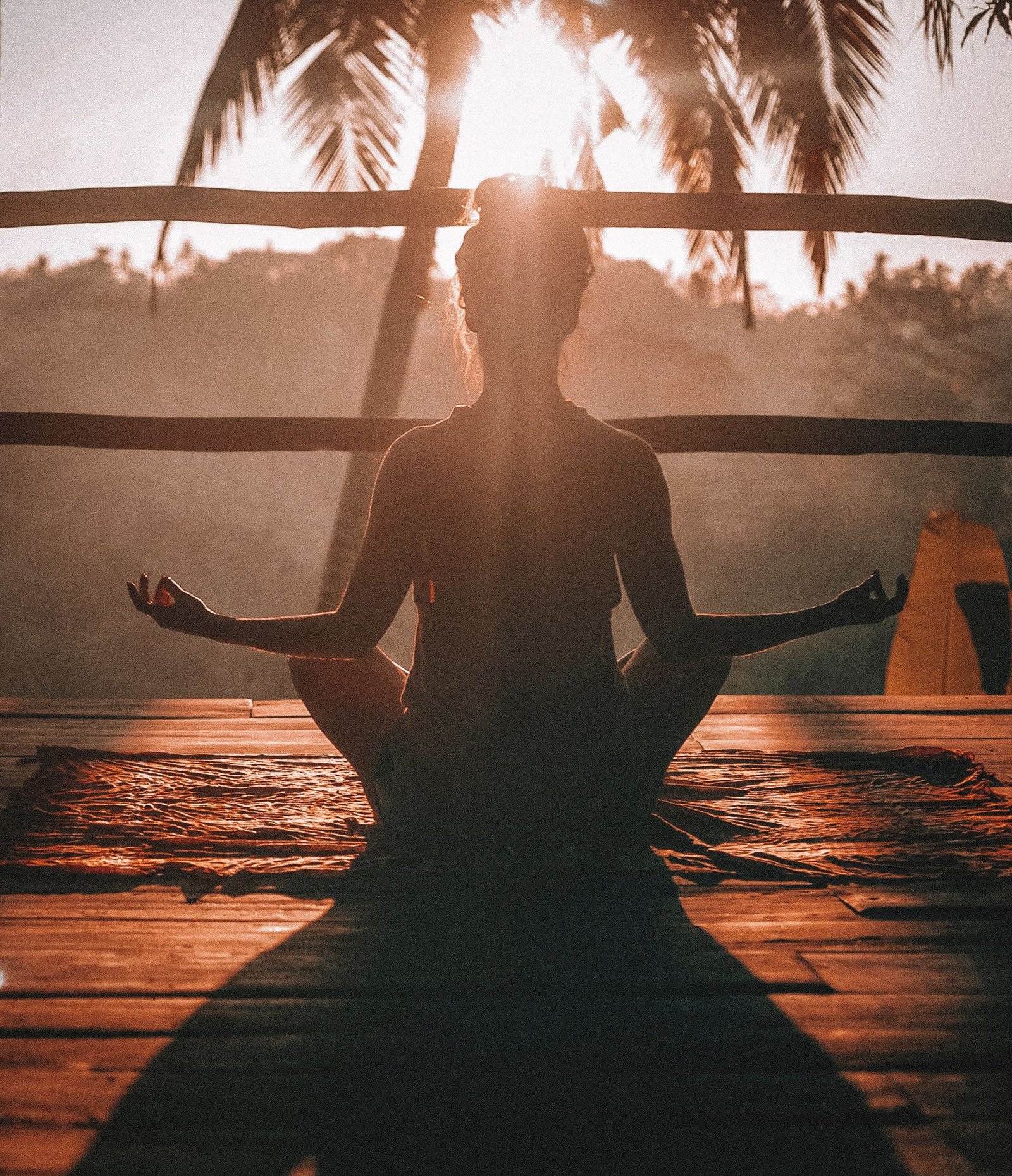The Role of Mindfulness in Building Habits
Mindfulness is bringing one’s attention to the present moment without judgment. In the past few years, it has become increasingly popular because of its ability to reduce stress and improve overall health. However, mindfulness is also an effective tool for building habits.
When we set out to form a new habit, our first instinct is often to rely on sheer willpower to make it happen. But on the other hand, willpower is a finite resource that can quickly be depleted by daily life and decision-making. It is where mindfulness comes in. By cultivating a mindful mindset, we can overcome the challenges of forming new habits and make them stick for the long term.
One way mindfulness helps us build habits is by increasing our awareness of our thoughts and actions. When we are mindful, we are less likely to be on autopilot and more likely to pay attention to what we are doing in the present moment. This increased awareness allows us to notice when we are engaging in our desired habit and when we are not, enabling us to adjust and get back on track.
Mindfulness also helps us build habits by making it easier to overcome obstacles. When we encounter a challenge or temptation that threatens to derail our habit, mindfulness allows us to pause and consider our options. We can use this moment to reflect on our values and long-term goals, which can help us make more mindful choices that support our habit-forming efforts.
In addition to increasing awareness and helping us overcome obstacles, mindfulness can also make the process of building habits more enjoyable. When we are mindful, we are more likely to be present and fully engaged in what we are doing, which can make the experience of building a new habit more meaningful and rewarding.
There are several ways to incorporate mindfulness into your habit-building efforts:
1. Start a mindfulness meditation practice
Mindfulness meditation is a powerful tool for cultivating a mindful mindset and supporting habit-building efforts. It involves bringing one’s attention to the present moment without judgment. It can be practiced through various techniques, such as focusing on the breath, a mantra, or a physical sensation. When incorporated into a daily routine, mindfulness meditation can help increase awareness, overcome obstacles, and make the process of building habits more enjoyable.

Here is a more detailed list of ways to start a mindfulness meditation practice:
- Find a quiet, comfortable space to sit or lie down: It’s important to create a relaxing environment where you can focus on your meditation practice.
- Set a timer for the desired length of your meditation: It can be helpful to start with shorter periods of time, such as 5-10 minutes, and gradually increase as you get more comfortable.
- Get into a comfortable position: You can sit in a chair with your feet flat on the ground or cross-legged on a cushion or mat. You can also lie down if that is more comfortable for you. Just keep your spine straight to help you stay alert and focused.
- Begin to focus on your breath: Bring your attention to the sensation of the breath as it moves in and out of your body. Don’t try to control your breath; observe it.
- Notice when your mind wanders: It’s natural for your mind to wander during meditation, and that’s okay. When you notice that your mind has wandered, gently bring your attention back to your breath.
- End your meditation: Take a few deep breaths and gently open your eyes when the timer goes off. Take a moment to notice how you feel before getting up and going about your day.
- Make it a daily practice: To get the most benefit from mindfulness meditation, making it a regular part of your routine is important. Try to meditate at the same time each day, and be consistent in your practice.
By incorporating these steps into your daily routine, you can build a mindfulness meditation practice that can help cultivate a mindful mindset and support your habit-building efforts.
2. Practice mindfulness in everyday activities
Mindfulness is practiced during formal meditation and can be brought to everyday activities. By bringing a mindful mindset to our daily tasks, we can increase awareness, overcome obstacles, and make the process of building habits more enjoyable.

Here is a more detailed list of ways to practice mindfulness in everyday activities:
- Choose one simple task to start with: It can be helpful to start with something simple, like brushing your teeth or taking a shower, to get the hang of bringing mindfulness to your daily activities.
- Pay full attention to the task at hand: Instead of multitasking or thinking about other things while you do the activity, bring your full attention to the task. Notice the sights, sounds, and sensations associated with it.
- Notice when your mind wanders: It’s natural for your mind to wander, especially when doing a simple task. When you notice that your mind has wandered, gently bring your attention back to the task.
- Take your time: There’s no need to rush through the activity. Allow yourself to engage with it and take your time fully.
- Practice regularly: To make mindfulness a habit, try bringing it to at least one activity daily. You can bring mindfulness to your daily activities as you get more comfortable.
By incorporating these steps into your daily routine, you can build a mindfulness practice that helps you bring a mindful mindset to your everyday activities and supports your habit-building efforts.
3. Use mindfulness to check in with yourself
Incorporating mindfulness into our daily routine helps us cultivate a mindful mindset and allows us to check in with ourselves and become more aware of our thoughts, feelings, and habits. As a result, we can gain insight into our habits and make adjustments as needed by taking a few minutes each day to pause and reflect.

Here is a more detailed list of ways to use mindfulness to check in with yourself:
- Set aside a specific time each day to check in with yourself: It can be helpful to choose a time when you are not rushed or overwhelmed, such as first thing in the morning or right before bed.
- Find a quiet, comfortable space to sit or lie down: It’s important to create a relaxing environment where you can focus on self-reflection.
- Get into a comfortable position: You can sit in a chair with your feet flat on the ground or cross-legged on a cushion or mat. You can also lie down if that is more comfortable for you. Just keep your spine straight to help you stay alert and focused.
- Take a few deep breaths: Breathing deeply can help you relax and bring your attention inward.
- Reflect on how you are feeling: Notice any physical sensations or emotions present for you in the present moment. Don’t try to change how you feel; observe it.
- Reflect on your thoughts: Notice any repetitive or negative thoughts that may be present. Again, don’t try to change your beliefs; observe them.
- End your check-in: When you are ready to finish your check-in, take a few deep breaths and gently open your eyes. Take a moment to notice how you feel before getting up and going about your day.
- Make it a daily practice: To get the most benefit from this practice, it’s important to make it a routine. Try to check in with yourself at the same time each day, and be consistent in your practice.
By adding these steps to your daily routine, you can build a self-reflection practice that helps you become more aware of your thoughts, feelings, and habits and supports your efforts to build good habits.
4. Work with a coach or therapist who can help you integrate mindfulness into your habit-building efforts
While mindfulness and habit-building can be done on our own, sometimes it can be helpful to work with a coach or therapist to provide guidance and support. A coach or therapist who knows a lot about mindfulness and building habits can help us figure out our goals, plan, and get past any problems.

Here is a more detailed list of ways to work with a coach or therapist to integrate mindfulness into your habit-building efforts:
- Research and find a coach or therapist with experience in mindfulness and habit-building: Look for someone with training and credentials in these areas. Read reviews and testimonials from their past clients to understand their expertise and approach.
- Set up an initial consultation: Most coaches and therapists offer a free initial consultation, during which you can discuss your goals and see if their services are a good fit for you.
- Discuss your habit-building goals: During your sessions, your coach or therapist can help you clarify your goals and develop a plan to integrate mindfulness into your habit-forming efforts.
- Practice mindfulness techniques: Your coach or therapist can teach mindfulness techniques and guide you through practice sessions to help you develop a mindfulness meditation practice.
- Explore any challenges or obstacles: Your coach or therapist can help you identify and work through any challenges or barriers preventing you from forming new habits.
- Stay committed to your practice: Building new habits take time and effort, and working with a coach or therapist can provide accountability and support to help you stay on track.
By working with a coach or therapist, you can get personalized guidance and support to help you integrate mindfulness into your habit-building efforts and achieve your goals.
Overall, mindfulness is a valuable tool for building habits. By increasing awareness, helping us overcome obstacles, and making the process more enjoyable, mindfulness can make it easier to form new habits and stick to them for the long term. So give it a try and see how it can help you build new habits.






